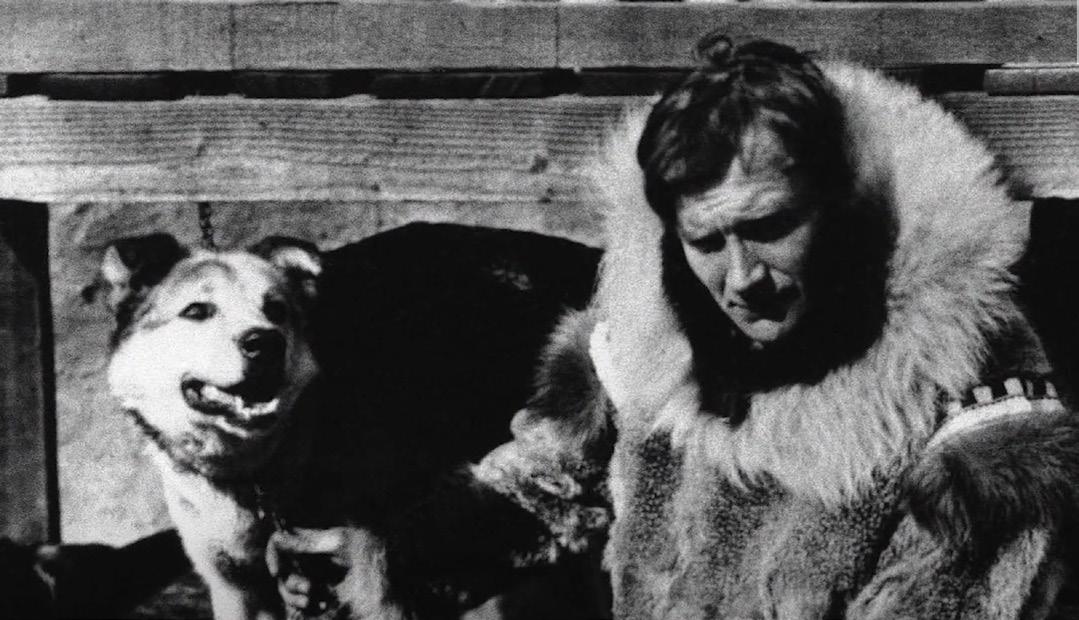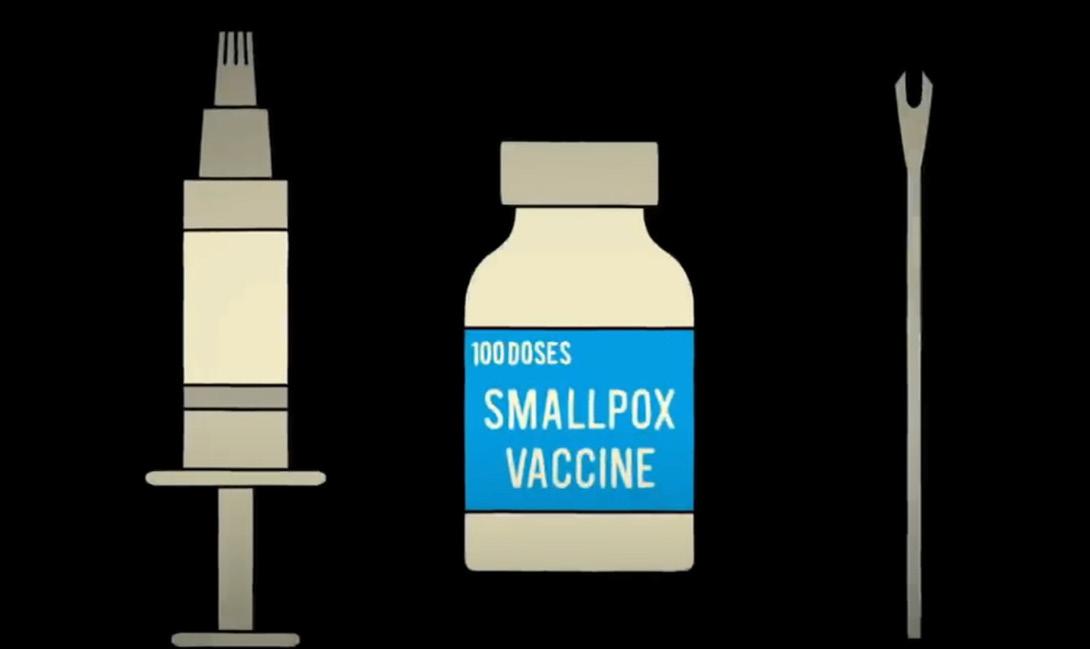
1 minute read
SECURING THE HEALTH CARE DATA
• Real time data monitoring

Advertisement
• Real time hyper scaling
• Protecting data loss
• Securing Public Cloud Workloads
• Securing Vital COVID-19 Applications

Hep A

Invented by: Maurice Hilleman
Diphtheria and Tetanus

Invented by: Emil von Behring
In the late 19th century, German bacteriologist Dr. Emil von Behring and his colleague Dr. Kitasato Shibasaburo identified the bacterium Corynebacterium diphtheriae as the causative agent of diphtheria, a highly-contagious and potentially deadly disease.

Von Behring further discovered that animals infected with the diphtheria bacteria produced an immune response that developed antibodies neutralising the toxin. He extracted the serum containing these antibodies from the blood of immunised animals, creating the first diphtheria antitoxin.

Influenza


Invented by: Thomas Francis and Jonas Salk
Education: The University of Michigan
The 1918 influenza epidemic killed an estimated 50m people at the end of the First World War, spreading quickly due to the squalid conditions bred by the conflict. When the US joined WW2, American physician Thomas Francis was tasked with creating a vaccine. Tested on the US military, the vaccine was licensed for wider use in 1945. Now, the influenza vaccine plays a vital role in controlling seasonal flu outbreaks, protecting the vaccinated while also lowering the transmission potential to vulnerable populations.
Smallpox
Invented by: Edward Jenner
Smallpox was a highly-contagious, deadly disease that caused the deaths of millions and featured in many of Charles Dickens’ books. Its impact on Indigenous populations during European colonisation was especially tragic, with mortality rates reaching 90% in some communities lacking immunity.
The first smallpox vaccine was produced by English physician Edward Jenner in 1796, when he noticed that milkmaids who’d had cowpox were protected from smallpox. Subsequent successful vaccination campaigns led to the eradication of smallpox in 1980.


Chickenpox
Invented by: Michiaki
Licensed by: Merck
Takahashi
Michiaki Takahashi played a pivotal role in the development of the chickenpox vaccine. In the 1970s, he embarked on a mission to isolate the varicella-zoster virus responsible for chickenpox. Takahashi obtained a sample of the virus from an infected child and developed it into a vaccine. The vaccine derived from the Takahashi strain is known as the ‘Varicella vaccine’ or the ‘Chickenpox vaccine’. It is used to prevent chickenpox in individuals who have not been previously infected with the virus or have not received the vaccine. The vaccine has since been instrumental in reducing the severity of chickenpox worldwide, preventing complications and hospitalisations associated with the disease.
“I believe that the vaccine will stop severe chickenpox symptoms in children and make it less likely that old people will get shingles. I am very proud of my and my colleagues’ work,” Takahashi told the Financial Times.















